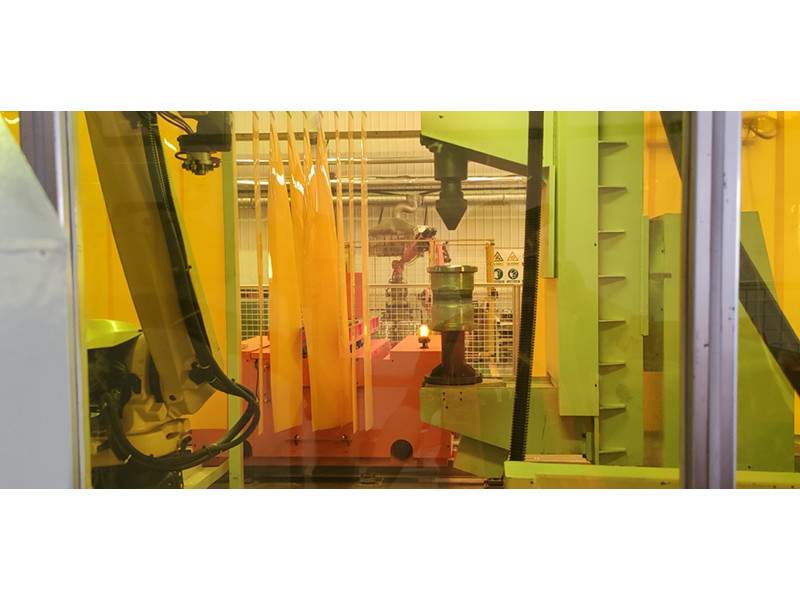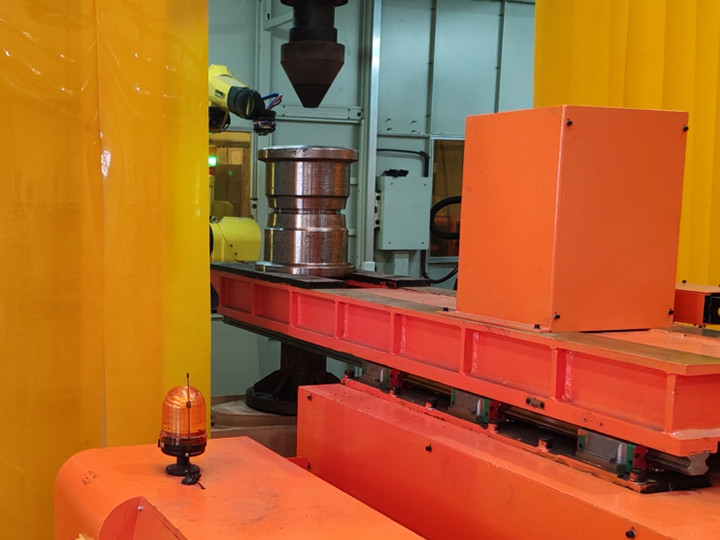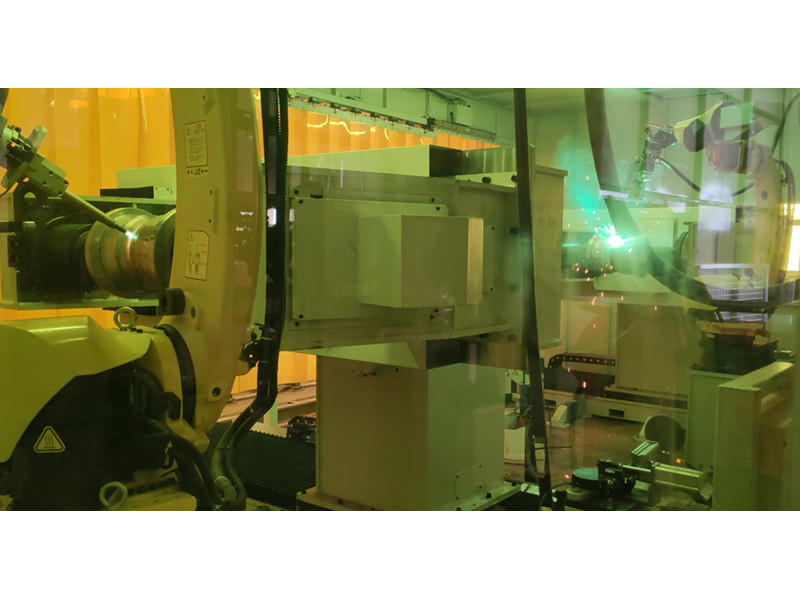Comprehensive Analysis of Aluminum Welding Methods and Technologies: From Principles to Application Guide
Aluminum welding technology has become an indispensable process in modern manufacturing due to its high - efficiency connection characteristics and wide application scenarios. Aluminum and its alloys have advantages such as light weight and corrosion resistance. However, characteristics such as easy oxidation and fast heat conduction during the welding process also pose challenges to the process. This article will systematically elaborate on the core knowledge of aluminum welding from aspects such as welding principles, methods, operation key points, and industry applications.
I. Principles and Core Difficulties of Aluminum Welding
Aluminum welding melts the base metal and filler material through heat sources such as arc, laser, or flame and achieves metallurgical bonding under the protection of inert gas. Among them, the melting point of the oxide film (Al₂O₃) on the aluminum surface is as high as 2050°C, far exceeding the melting point of the aluminum material itself (660°C). If not cleaned thoroughly, it is likely to cause problems such as slag inclusions and porosity in the weld. Therefore, pre - welding treatment and gas protection are the keys to ensuring welding quality.
II. Mainstream Welding Methods and Applicable Scenarios
1. Inert Gas Shielded Welding (TIG/MIG)
- Tungsten Inert Gas Welding (TIG): Argon gas isolates oxygen, and the tungsten electrode stabilizes the arc. It is suitable for precision welding of thin plates (1 - 20mm), such as aviation components and electronic enclosures.
- Metal Inert Gas Welding (MIG): It has high welding efficiency and can handle plates up to 50mm thick. It is commonly used for welding automobile bodies and building structures. Pulsed MIG welding further reduces thermal deformation and is suitable for all - position welding.
2. Gas Welding and Arc Welding
- Gas welding equipment is simple but has low thermal efficiency and is only used for repairing non - load - bearing thin plates (0.5 - 10mm), such as the restoration of old doors and windows.
- Manual arc welding is gradually being replaced due to its tendency to produce porosity and is now mainly used for emergency repair of cast aluminum parts.
3. Advanced Welding Technologies
- Laser Welding: It focuses energy to achieve millimeter - level precision welding and is commonly used in electronic components and medical equipment.
- Friction Stir Welding: It is a solid - state joining process without smoke and dust and does not require welding wire. It is suitable for high - speed train carriages and ship plates.
III. Five Key Steps in Welding Operations
1. Surface Pretreatment
- Chemical Cleaning: Remove the oxide film with an alkaline solution (5% - 10% NaOH) and neutralize the residues with pickling (30% HNO₃). It is suitable for batch production of small workpieces.
- Mechanical Cleaning: Use a wire brush for grinding combined with acetone for degreasing to process large - sized or multi - layer welded parts.
2. Parameter Optimization
- Select the current according to the material thickness: For thin plates (1 - 3mm), 20 - 80A is recommended; for thick plates (>6mm), more than 150A is required.
- Control the argon gas flow rate at 8 - 15L/min. Helium can increase the penetration depth, and mixed gases are used for special alloys.
3. Temperature Control
- Pre - heat at 100 - 250°C to reduce thermal stress. Thin plates (<3mm) may not require pre - heating.
- Keep the inter - layer temperature below 150°C to avoid grain coarsening.
4. Real - time Quality Monitoring
- Visually inspect whether the weld formation is uniform, and use X - ray flaw detection to detect internal porosity and cracks.
- Conduct bending tests to verify the plasticity of the joint and hardness tests to evaluate the performance of the heat - affected zone.
5. Post - welding Treatment
- Use sandblasting or mechanical polishing to remove the surface oxidation color.
- Anneal at 350°C for 2 hours to release residual stress.
IV. Industry Applications and Selection Suggestions
- Aerospace: TIG welding is used for aluminum alloy skins, and friction stir welding is used for fuel tanks.
- Automobile Manufacturing: MIG welding is used for rapid connection of the body structure, and laser welding is used for battery pack sealing.
- Rail Transit: Dual - pulse MIG welding improves the fatigue strength of the car body.
V. Safety and Specifications
Operators need to wear anti - ultraviolet masks and fire - proof suits. The work area should be equipped with a ventilation system to prevent the risk of asphyxiation from argon. When storing welding wires, keep them dry (humidity <60%) and use them up within 24 hours after opening.
Mastering the core points of aluminum welding technology can significantly improve the product yield and reduce production costs. Enterprises should select the most suitable welding scheme according to the workpiece material, working conditions, and quality requirements, and continuously optimize the process parameters to meet diverse production needs.


